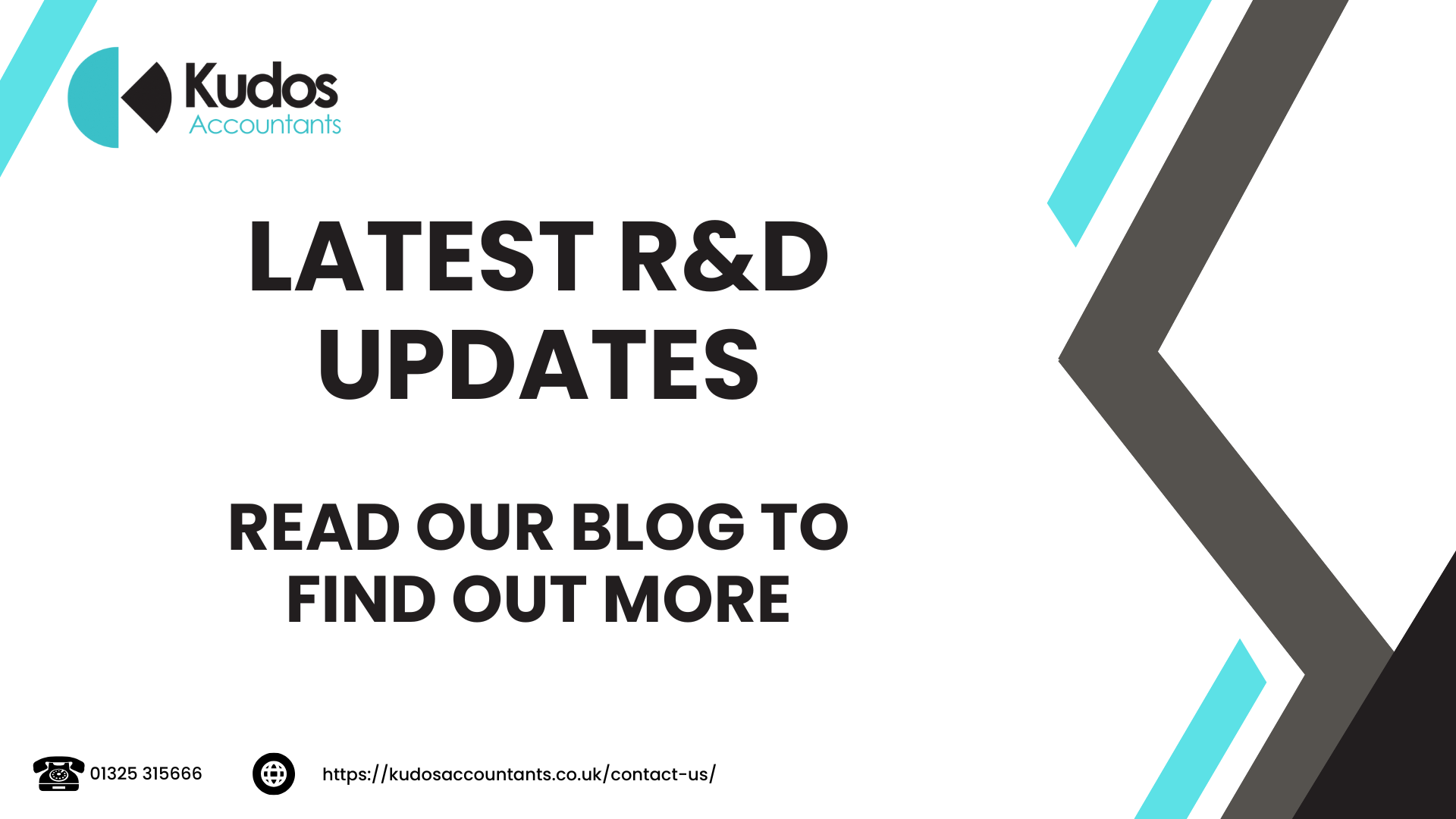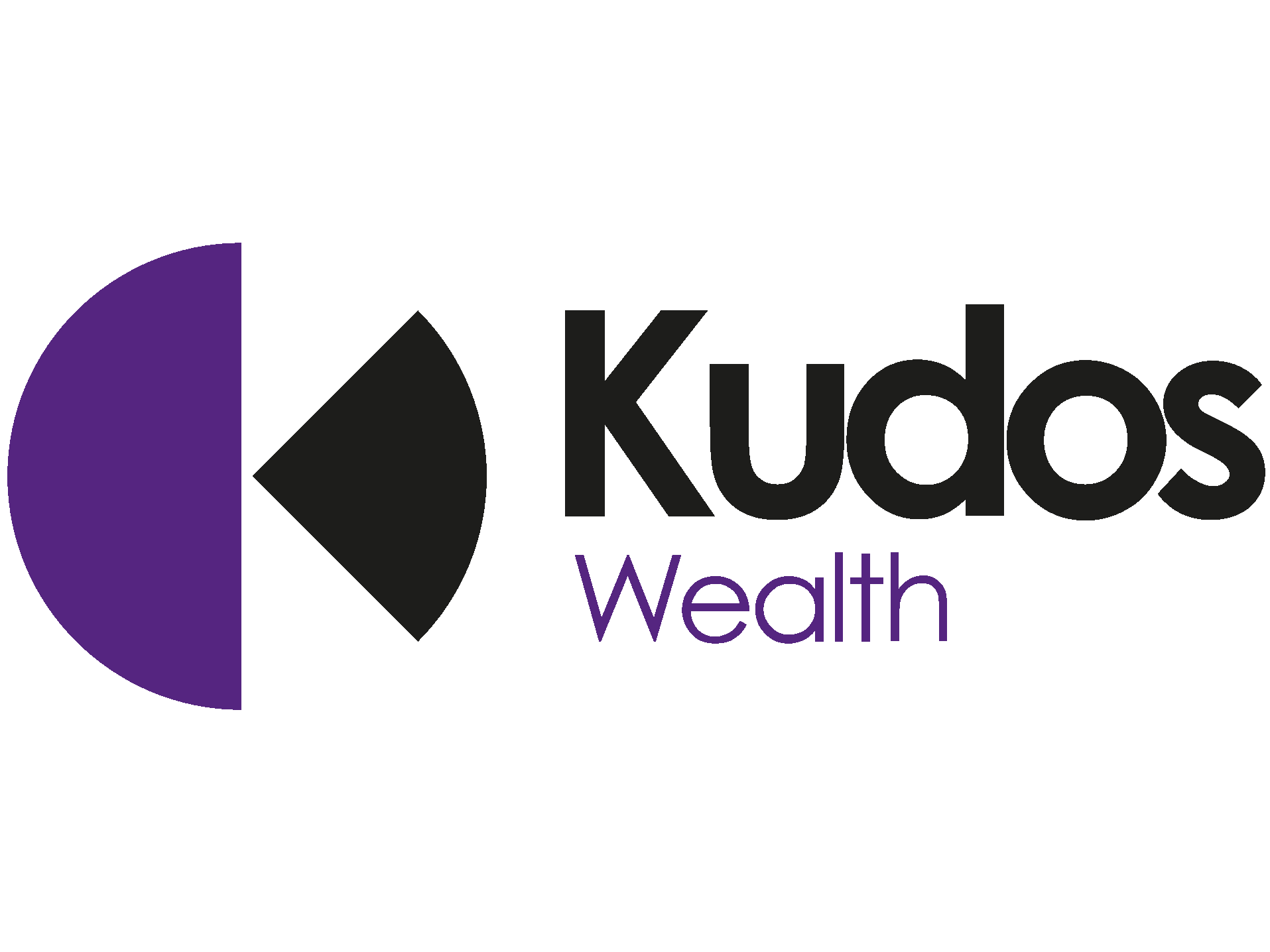Investing in dividends is a popular strategy for building wealth, but when it comes to keeping those dividends tax-free, many investors are unaware of the power of ISAs (Individual Savings Accounts). In 2024, utilising an ISA to manage dividends is one of the most effective ways to ensure your investment returns stay in your pocket rather than the taxman’s.
This blog will explain what an ISA is, debunk common misconceptions, highlight the importance and benefits, break down how ISAs work, and answer some frequently asked questions.
What is an ISA?
An Individual Savings Account (ISA) is a tax-efficient account designed to help UK residents save or invest money without paying tax on the returns, whether they come in the form of interest, dividends, or capital gains. Each tax year, you are allowed to put up to £20,000 into ISAs. The main types of ISAs include:
- Cash ISA: Essentially a tax-free savings account.
- Stocks and Shares ISA: A way to invest in stocks, shares, bonds, and funds, where the returns, including dividends, are tax-free.
- Innovative Finance ISA: For peer-to-peer lending.
- Lifetime ISA: Designed for those saving for a first home or retirement, with a 25% government bonus on contributions.
When we talk about dividends, we’re mostly referring to the Stocks and Shares ISA, where investments in dividend-paying companies or funds grow without any tax implications.
Common Misconceptions about Dividends in ISAs
1. “You still have to pay tax on dividends within an ISA”
- One of the biggest misconceptions is that dividends earned within an ISA are taxable. This is incorrect—any dividends received in an ISA are completely tax-free, no matter how much you earn from them.
2. “There’s a limit to how much you can earn in dividends tax-free”
- While there is a dividend tax allowance for dividends earned outside of an ISA (£1,000 in 2023/24 and £500 in 2024/25), this limit doesn’t apply to dividends within an ISA. You can receive unlimited dividends without paying tax in an ISA.
3. “ISAs are only for cash savings”
- Many people assume ISAs are just for holding cash. In reality, Stocks and Shares ISAs allow you to invest in a wide variety of assets like stocks, bonds, and funds, with the added benefit of no tax on your dividends or capital gains.
The Importance and Benefits of Dividends in an ISA
1. Tax Efficiency
- The primary benefit of holding dividend-paying stocks in an ISA is tax efficiency. Outside of an ISA, once you exceed the annual dividend allowance, you would pay 8.75% to 39.35% in dividend tax depending on your tax bracket. With an ISA, all your dividends are tax-free, even if you earn thousands each year.
2. Long-Term Growth
- ISAs are ideal for long-term investors. Dividends, when reinvested, can compound over time, exponentially increasing your returns. Since no tax is deducted from those dividends, you can reinvest the full amount, allowing your investments to grow faster compared to taxable accounts.
3. Simplicity
- Unlike other investment accounts, you don’t need to worry about reporting ISA gains or dividends to HMRC. This makes your tax return simpler, especially if you’re an active investor receiving regular dividends.
4. Flexibility
- You can withdraw your money from an ISA at any time without losing the tax-free benefits. This means you can access your investment returns whenever you need them, making ISAs more flexible than pensions, for example.
How Does an ISA Work for Dividends?
When you invest in dividend-paying stocks or funds through a Stocks and Shares ISA, any dividends you receive are automatically sheltered from tax. Here’s how it works:
- Open an ISA: Choose an investment platform that offers ISAs, such as Hargreaves Lansdown, Vanguard, or AJ Bell.
- Invest in Dividend-Paying Stocks or Funds: Once your ISA is open, you can invest in a wide range of dividend-generating assets. This might include individual stocks (e.g., FTSE 100 companies like BP or Unilever) or dividend-focused funds like FTSE Dividend ETFs or Income Funds.
- Receive Dividends Tax-Free: As your investments pay dividends, these payments go directly into your ISA, where they can either be taken as income or reinvested, and you won’t pay any tax on them.
- Reinvest or Withdraw: You can choose to reinvest your dividends for compounding growth or withdraw them without incurring any tax penalties.
Examples of How Dividends in an ISA Work
- Example 1: Basic Taxpayer
- You invest £10,000 in a dividend-paying stock through a Stocks and Shares ISA, and it yields 4% annually. You receive £400 in dividends every year, all tax-free. If this same investment was outside an ISA, only £1,000 of your dividends would be tax-free (based on current dividend allowance); anything above that would be taxed at 8.75%.
- Example 2: High-Income Investor
- You invest £200,000 in dividend-paying funds, which yield 3%, generating £6,000 in annual dividends. If held outside an ISA, you would only receive the first £500 tax-free in 2024/25, and the rest would be taxed at 33.75% (if you’re a higher-rate taxpayer). That’s £1,837.50 in taxes avoided simply by using an ISA!
Frequently Asked Questions (FAQs) About Dividends in an ISA
1. What is the annual contribution limit for ISAs?
- In the 2024/25 tax year, you can contribute up to £20,000 across all your ISAs. This limit applies to new investments and includes cash, stocks, and shares.
2. Can I lose the tax-free benefits if I withdraw my money?
- No, you don’t lose the tax-free status of your investment returns if you withdraw them from your ISA. However, once you withdraw, it doesn’t reset your ISA allowance—so if you withdraw £10,000, you can’t re-contribute it unless it’s within the same year’s £20,000 limit.
3. Are all types of investments allowed in a Stocks and Shares ISA?
- You can invest in a wide range of assets, including individual shares, bonds, mutual funds, and ETFs. The only restriction is that the investments must be HMRC-approved and listed on a recognised stock exchange.
4. What happens if I exceed the £20,000 annual contribution limit?
- If you contribute more than the annual limit, you may face penalties from HMRC. It’s important to track your contributions across all ISAs to ensure you don’t breach the allowance.
5. Do I need to report dividends received in my ISA to HMRC?
- No. One of the major advantages of an ISA is that there is no need to report any dividends, interest, or capital gains to HMRC. It’s completely hands-off.
Final Thoughts
Dividends within an ISA are a powerful tool for building tax-efficient wealth in 2024 and beyond. By sheltering your investments in a Stocks and Shares ISA, you can avoid paying tax on dividends and capital gains, allowing your money to grow faster and more efficiently. Whether you’re a seasoned investor or just getting started, ISAs provide simplicity, flexibility, and major tax advantages—making them an essential part of your investment strategy.



























